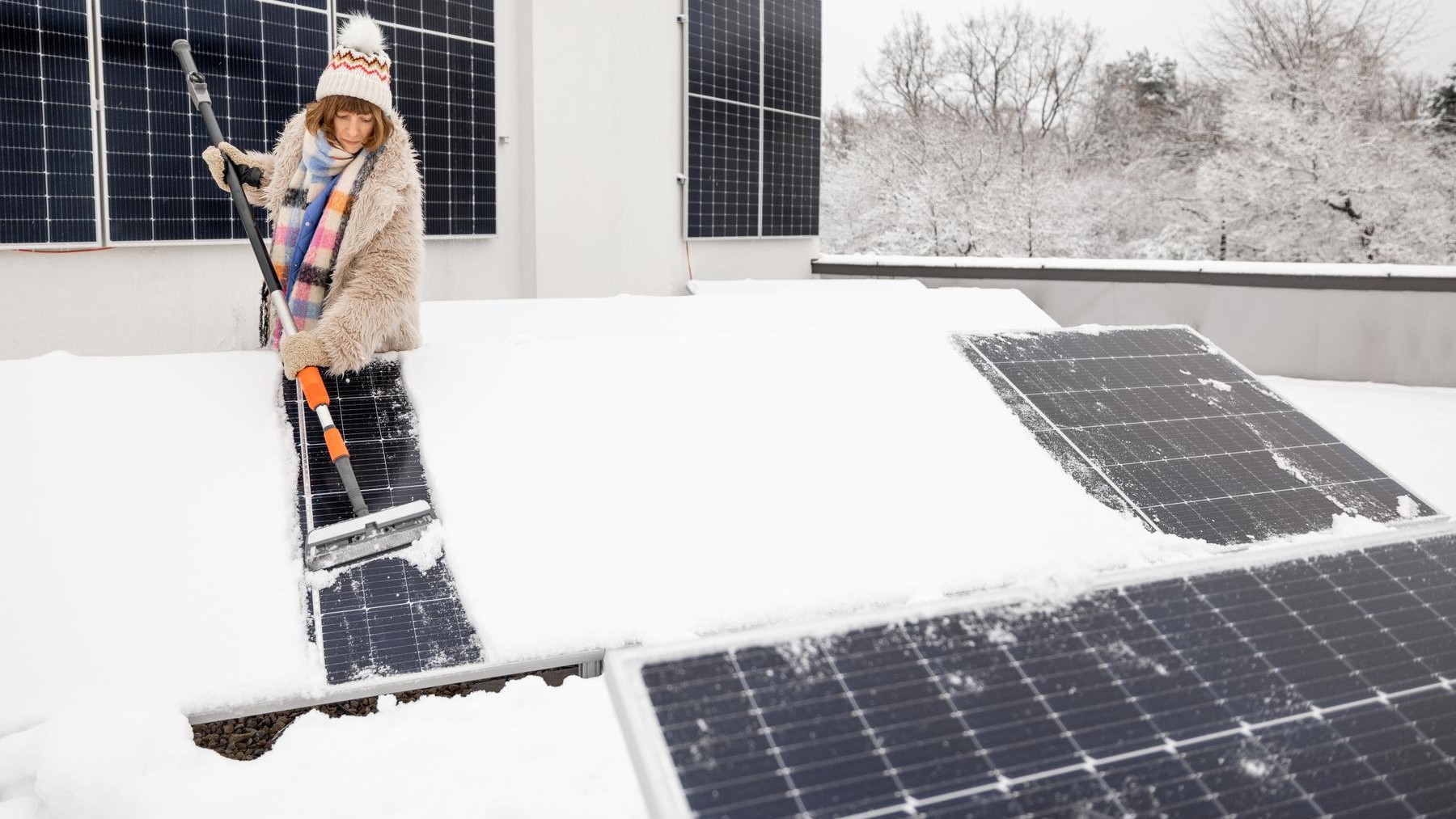Sustainability is the order of the day, and even the European Commission has declared it a new way of life. Therefore, it must be observed all year round, and not only in summer. Do you know what we mean? The solar panels in winter They have always sparked debate because of their efficiency, but today we want to settle it forever.
Do solar panels work in winter? The myth of heat
Despite popular belief, solar panels They do generate electricity during the winter months. The cold does not prevent the panels from capturing the sun’s energy, even when the days are shorter and there are fewer hours of daylight (imagine Sweden or Finland).
In fact, the ambient temperature is not a determining factor in the production of photovoltaic energy. What is really important is the solar radiation, that is, the number of hours of sunlight that falls on the panels.
Solar panels are designed to work even in freezing temperatures. The performance does not depend on the heat, but on the solar radiation captured by the photovoltaic cells. Can you see it was all a myth? Solar panels always work.
How much energy do the panels produce in winter?
Energy production from solar panels noticeably decreases during the winter months. This is mainly due to two factors:
- Fewer hours of sunlight. In winter there are fewer hours of sunshine due to shorter days. This shortens the time the panels are exposed to direct sunlight.
- Angle of sun rays. In winter the sun is at a much lower angle in the sky. This causes the sun’s rays to fall on the panels at a more angle, reducing efficiency.
In figures, photovoltaic panel production in winter can be up to 60-70% lower than in summer. For example:
- A 5 kWp installation in Barcelona, La Barceloneta area, can handle approx 675 kWh in January.
- That same installation could generate a few 2220 kWh in August, with many more hours of sunshine.
As you can see, that is normal solar panels in winter generating between 2 and 4 kWh daily, depending on the area and specific conditions. The interior of Spain (Extremadura, Castilla y León) is not the same as the north (Basque Country, Cantabria).
Yet the panels continue to generate electricity in the months with lower solar radiation, reducing dependence on the electricity grid. Therefore, it is crucial to optimize performance at this time of year.
How to increase the performance of solar panels in winter?
One of the most important factors for maximize solar panel production in winter is to adjust their inclination. During the summer months, the optimal position is to place the panels completely horizontally to take advantage of direct sunlight.
And what about maintenance? During the winter months, it is common for dirt, dust, leaves, and other debris to build up on solar panels. This creates a film that blocks the passage of solar radiation, reducing energy production.
We’ll tell you one last secret (you didn’t expect this). It is estimated that for every degree Celsius the temperature increases, the efficiency of the panels decreases by approximately 0.4-0.5%. Therefore, better performance is obtained in winter.
As you can see, the operation of the solar panels in winter It is sufficient to commit 100% to this clean energy. Not only is solar photovoltaic energy inexhaustible, but we can explore its benefits all year round. It is not without reason that our country, as you know, has an average of 2,500 hours of sunshine per year.

